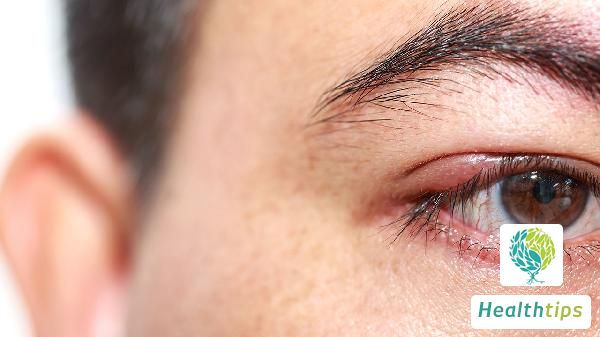"What Are the Different Methods for Correcting Teeth?"
Orthodontic Treatment Methods
There are various methods for correcting teeth, each with its unique advantages and applicable scope. Below are several common orthodontic methods and their detailed introductions:

Traditional and Classic Methods
1. Metal Bracket Correction
Technical Characteristics: The metal bracket correction technology employs stainless steel brackets, which are bonded to teeth through silk archwire correction techniques, applying pressure to misaligned teeth to move them into alignment.
Advantages: It is one of the most widely used correction techniques due to its maturity, long history, stable efficacy, and relatively low price.
Precautions: The metal brackets are noticeable, which may affect aesthetics. Patients also need regular follow-ups to maintain oral hygiene.
2. Ceramic Bracket Correction
Technical Characteristics: Ceramic brackets are colorless and transparent, similar to tooth color, offering high concealment. They have excellent biocompatibility, avoiding issues like tooth surface discoloration and gum inflammation caused by long-term use of metal brackets.
Advantages: Good aesthetics, suitable for patients with high aesthetic requirements; good biocompatibility, beneficial to oral health.
Precautions: Ceramic brackets may wear down tooth enamel due to their hardness. Their high friction resistance may prolong treatment time.
Modern Innovative Methods
1. Invisalign
Technical Characteristics: Invisalign employs high-tech transparent aligners that gradually move teeth into their correct positions through applied pressure. The aligners can be trimmed and worn independently, facilitating cleaning and eating.
Advantages: Nearly invisible, does not affect aesthetics; easy to remove and wear, allowing for cleanliness and oral hygiene; personalized designs adjustable based on patient needs.
Precautions: Higher cost; patients must be self-disciplined and wear aligners regularly; treatment effectiveness may vary based on individual conditions.
2. Lingual Braces
Technical Characteristics: Lingual braces are installed on the tongue side of teeth for orthodontic treatment, making them invisible from the outside. The correction process occurs entirely within the mouth, avoiding lip damage and aesthetic issues associated with traditional labial braces.
Advantages: High aesthetics, suitable for patients with high aesthetic requirements; reduces the likelihood of relapse after correction; avoids harm to lips.
Precautions: Higher cost, approximately double that of regular orthodontics; may affect pronunciation initially; longer treatment duration due to adaptation period; strong foreign body sensation in the mouth requiring time for adjustment.
3. Self-Ligating Brackets
Technical Characteristics: Self-ligating brackets are an improvement upon traditional metal brackets. They incorporate a gate or locking mechanism that directly secures the wire within the bracket, eliminating the need for rubber bands and reducing friction.
Advantages: Lower friction, better correction results; relatively shorter treatment time; reduced impact on oral hygiene.
Precautions: While self-ligating brackets offer many advantages, their cost may be slightly higher than traditional metal brackets. Patients still need to maintain oral hygiene and regular follow-ups.
In conclusion, there are numerous orthodontic treatment methods, and patients can choose the most suitable one based on their dental condition, financial situation, and aesthetic needs. Regardless of the chosen method, it should be performed under the guidance of a professional dentist with good oral hygiene and self-discipline to ensure effective results. The above information is for reference only and should not replace professional medical advice or serve as a basis for medical decisions.



















